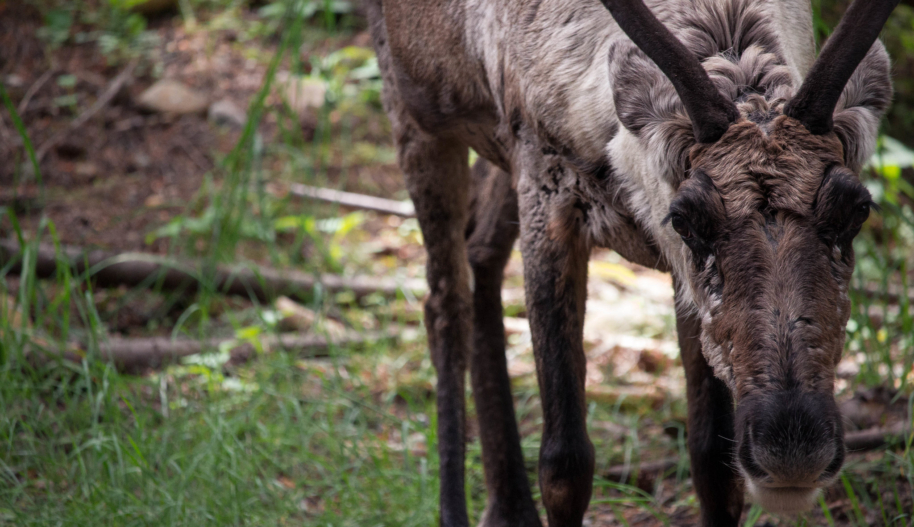Why is a caribou protection plan needed in northeast BC?
The BC government reported in 2018 that the six caribou herds in the southern Peace region “have undergone a dramatic decline in numbers” over the last decade and will disappear entirely if conditions do not change. All of the herds are currently listed as “threatened” under the Species at Risk Act, but the Committee on the Status of Endangered Wildlife in Canada has recommended that five of the herds be classified under the even more urgent category of “endangered.”
Having declared that there is an “imminent threat” to the survival of caribou in British Columbia, the federal government is now required by law to act. The Species at Risk Act allows for the federal government to support protection and recovery plans developed by the provincial government. But if the province fails to act, the federal government must impose a protection and recovery plan of its own.
Why were First Nations central to the development of the protection plan?
First Nations have distinct rights with respect to the protection and management of caribou. Legal obligations under Treaty 8, the Constitutional protection of Aboriginal and Treaty rights, and international human rights law all require the federal and provincial governments to cooperate with First Nations and ensure their full and effective participation in the decision-making process.
The West Moberly and Saulteau First Nations also have specific knowledge and expertise, having led some of the first and most significant efforts to conserve caribou populations in the region.
What are the possible economic impacts of the proposed plan?
The partners to the agreement – the federal, provincial and First Nations governments – have all said that any negative impacts will be minimal. The plan does not restrict backcountry leisure activities that are important to the local economy. The partners have said that a dedicated consultation process with local user groups will help identify areas for snowmobiling that do not pose undue risk to caribou. The agreement also does not place restrictions on existing mining and oil and gas operations.
Protection of crucial habitat requires changes to logging practices and the protection and restoration of caribou habitat. The total timber supply reduction is estimated to be 300,000 cubic metres. This is about 3.5 percent of the 7,900,000 cubic metres of annual allowable cut within the three forest management units in the region. In fact, the amount of logging that would be allowed in the region would remain considerably higher than it was even in 2017 and much higher than it was a decade ago.
Why is this issue of concern to Amnesty International?
In our 2016 report, Out of Sight, Out of Mind, Amnesty International noted that while intensive resource development in northeast BC has generated enormous wealth for the province and the country, and provided high paying jobs for many, the scale of development also has negative impacts that are too often ignored in public policy. The report drew particular attention to the wholesale erosion of the natural landscapes necessary to support Indigenous cultural traditions and the opportunity for young Dunne-Za and Cree people to learn these traditions. A critical finding of the report is that the right of Indigenous peoples to be part of the decision-making processes around the land use and conservation needs to be respected.
The report also drew attention to a background of pervasive racism and discrimination against Indigenous peoples in northeast BC. In the context of the many accounts of racist attacks on women, elders, youth and others that were shared with Amnesty International in the course of our research, we take the racism expressed in the current public debate very seriously and remind political leaders that they are legally obliged to do everything in their power to counter it.













